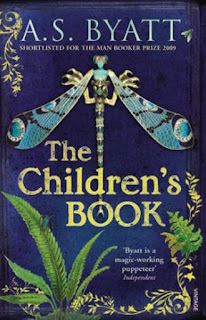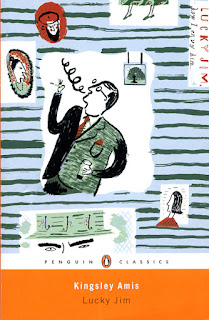 George Orwell (Eric Arthur Blair):
George Orwell (Eric Arthur Blair):
The Road to Wigan Pier (4*)
This is very much a book of two halves.
It begins with Orwell’s account of the terrible living conditions in the industrial north of England during the nineteen-thirties. He writes first-hand after staying in lodging-houses, and living with miners and the unemployed in Wigan, Barnsley and Sheffield. I enjoyed this half of the book enormously, mainly because I can relate to it. Parts remind me how things still were in the fifties. Even in the seventies, echoes of the thirties were still around, despite much having improved by then.
The second half advocates socialism as a means of improving these conditions. “Why aren’t we all socialists?” Orwell asks. It is interesting and clearly-argued, but I struggled to get to the end. It is not what I wanted to read (which has nothing to do with any political leanings I might have). I’ll say little more about this part other than to suggest that gains in living standards after the war were due to socialist policies.
Here are some of the things that struck me (page numbers may be inaccurate as I was using a Kindle).
Orwell writes of the thousands of ‘back to back’ terraces (they had no back doors because other houses adjoined the rear) “… which are all of a condemned type but will remain standing for decades.” (p48). They did. I lived in them in the Brudenell and Royal Park area of Leeds in the nineteen-seventies. Most had by then been modernised with damp courses and bathrooms, but not all. Across the road, we used to see inhabitants walking out in their pyjamas to the communal lavatories in the middle of the row. Those same houses are still there today, although the lavatories have been demolished to leave enclosures for dustbins.
Older black and white photographs give a better idea of how dreary some of these streets were, such as this one, the communal lavatory with wooden seat in the middle:
My grandma had an earth closet as late as the nineteen-fifties, not a communal one, but it had to be shovelled out and burned.
Obviously, Orwell says a lot about class:
“… the real secret of class distinctions in the West … why [even a bourgeois Communist] cannot think of a working man as his equal. ... The lower classes smell. That was what we were taught… It is queer how seldom this is admitted.” (p119)
Remember the days before it was common to shower and wear clean clothes every day, and rub deodorant on all over? My mother used to say “clean shirt and socks every two days, clean underwear twice a week, and a bath once a week”. Many people were identifiable by their individual smell. Not all were pleasant. There was the man I tried not to sit near on the train who kept his suit in a fusty wardrobe. There was another who dried himself with a dirty towel. You could detect these things. Smokers were unmistakable. Sometimes you knew when women were having their periods. There were lots of smelly feet and armpits, or maybe poorly washed clothing. Goodness knows what their underpants must have been like. This was life in the cities as late as the nineteen-seventies.
Differences between north and south are central to the book. Staying in a dreadful lodging house above a tripe shop, several beds to the room, Orwell shares with a commercial traveller who is more used to hotels.
“He caught my eye and suddenly divined that I was a fellow-Southerner. ‘The filthy bloody bastards!’ he said feelingly. After that he packed his suitcase and… [left]”. (p13)The unrelenting nature of working-class labour is detailed, and the enormous debt owed by those living cosseted lives to those toiling in the mines and factories:
“In a way it is even humiliating to watch coal-miners working. It raises in you a momentary doubt about your own status as an ‘intellectual’ and a superior person generally. For it is brought home to you that it is only because miners sweat their guts out that superior persons can remain superior. … all of us really owe the comparative decency of our lives to the poor drudges underground…” (p30)
So it still is in principle. We can’t all work at home on computers.
I found the first half of the book fascinating, and could go on about unemployment, the state of working-class teeth, poverty, and so on, but will end with a few more quotations (it’s easy to cut and paste from a Kindle, and the book is out of copyright):
An example of Orwell’s forthright views (it is almost worth reading the book just for these):
“One sometimes gets the impression that the mere words 'Socialism' and 'Communism' draw towards them with magnetic force every fruit-juice drinker, nudist, sandal-wearer, sex-maniac, Quaker, 'Nature Cure' quack, pacifist and feminist in England.” (p161)
He’s nearly as entertaining as Adrian. On Yorkshiremen:
“There exists in England a curious cult of Northern snobbishness. A Yorkshireman in the South will always take care to let you know that he regards you as an inferior.” That the South is inhabited “merely by rentiers and their parasites. The Northerner has ‘grit’ … the Southerner is snobbish, effeminate and lazy…” (p101)Too true. And one for any Sheffield bloggers that may be out there:
“Sheffield, I suppose, could justly claim to be called the ugliest town in the Old World … it contains fewer decent buildings than the average East Anglian village … And the stench! …” (p98)



























